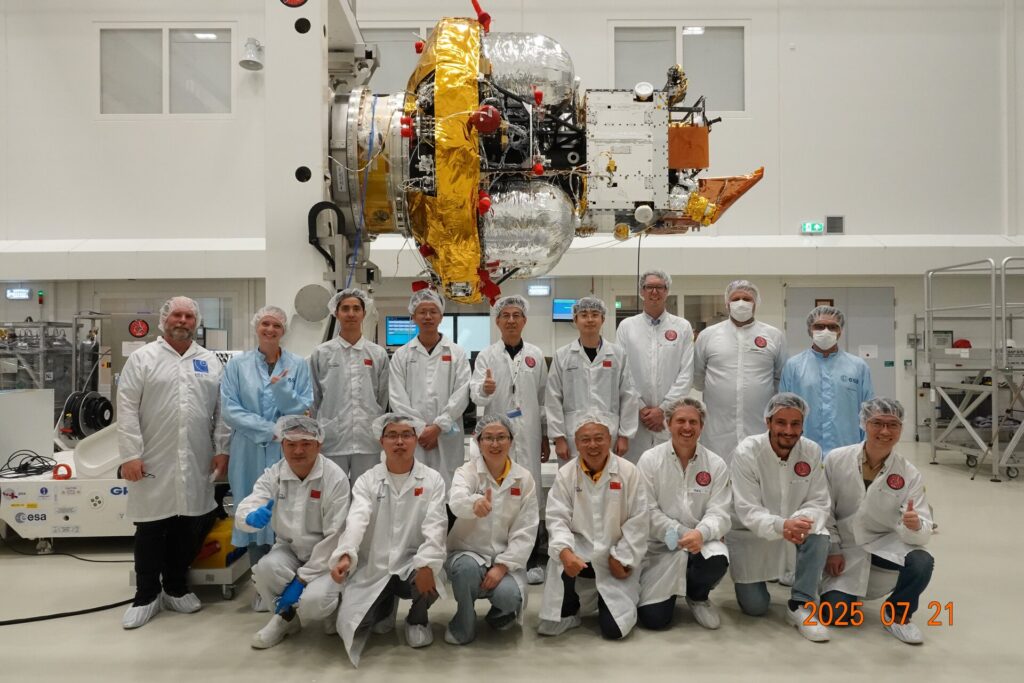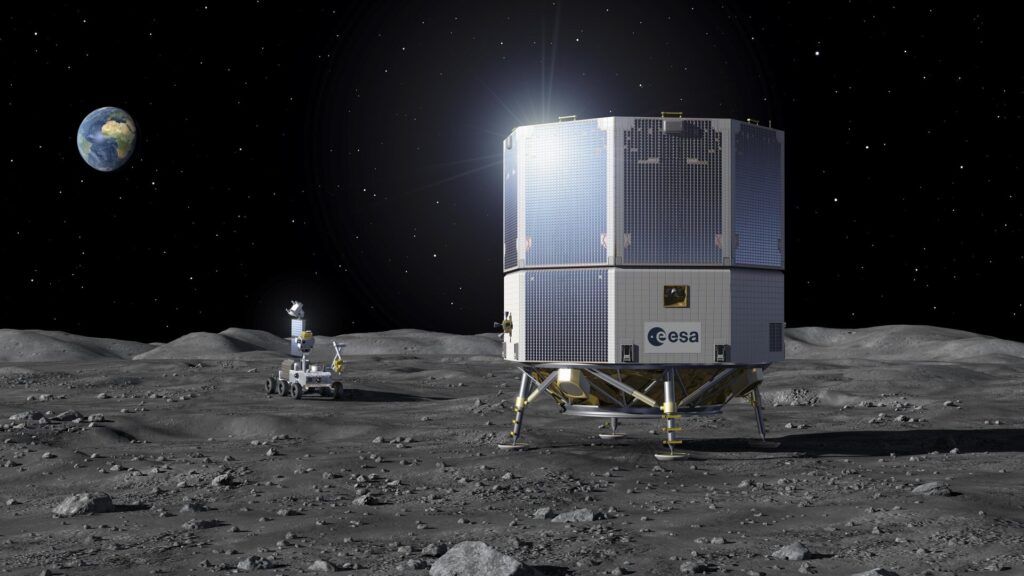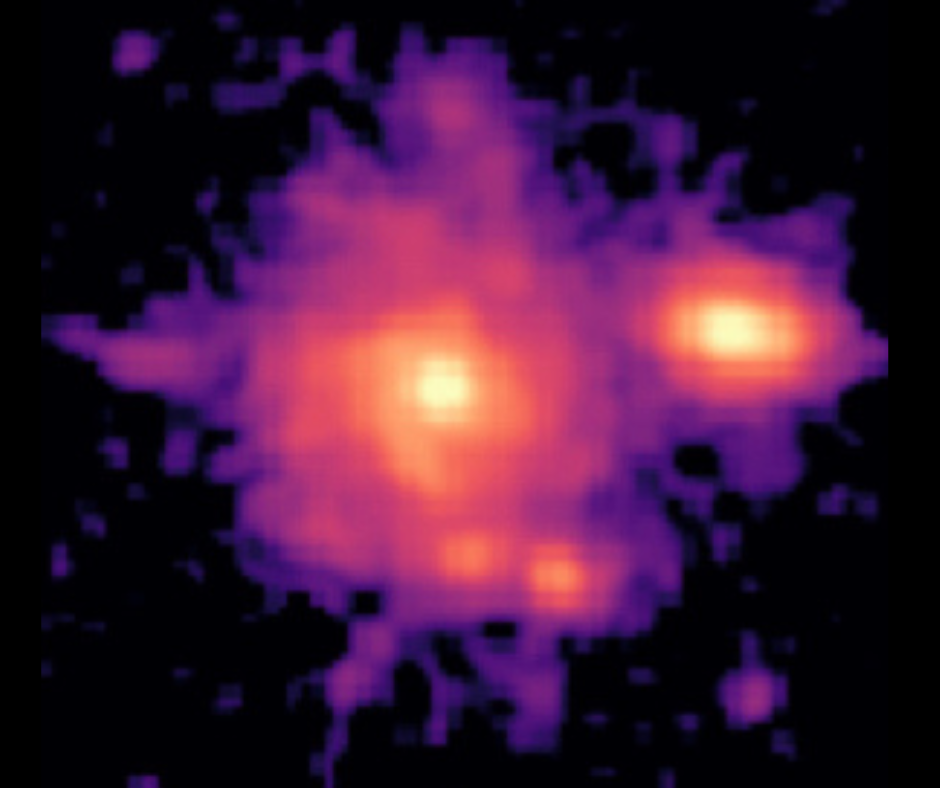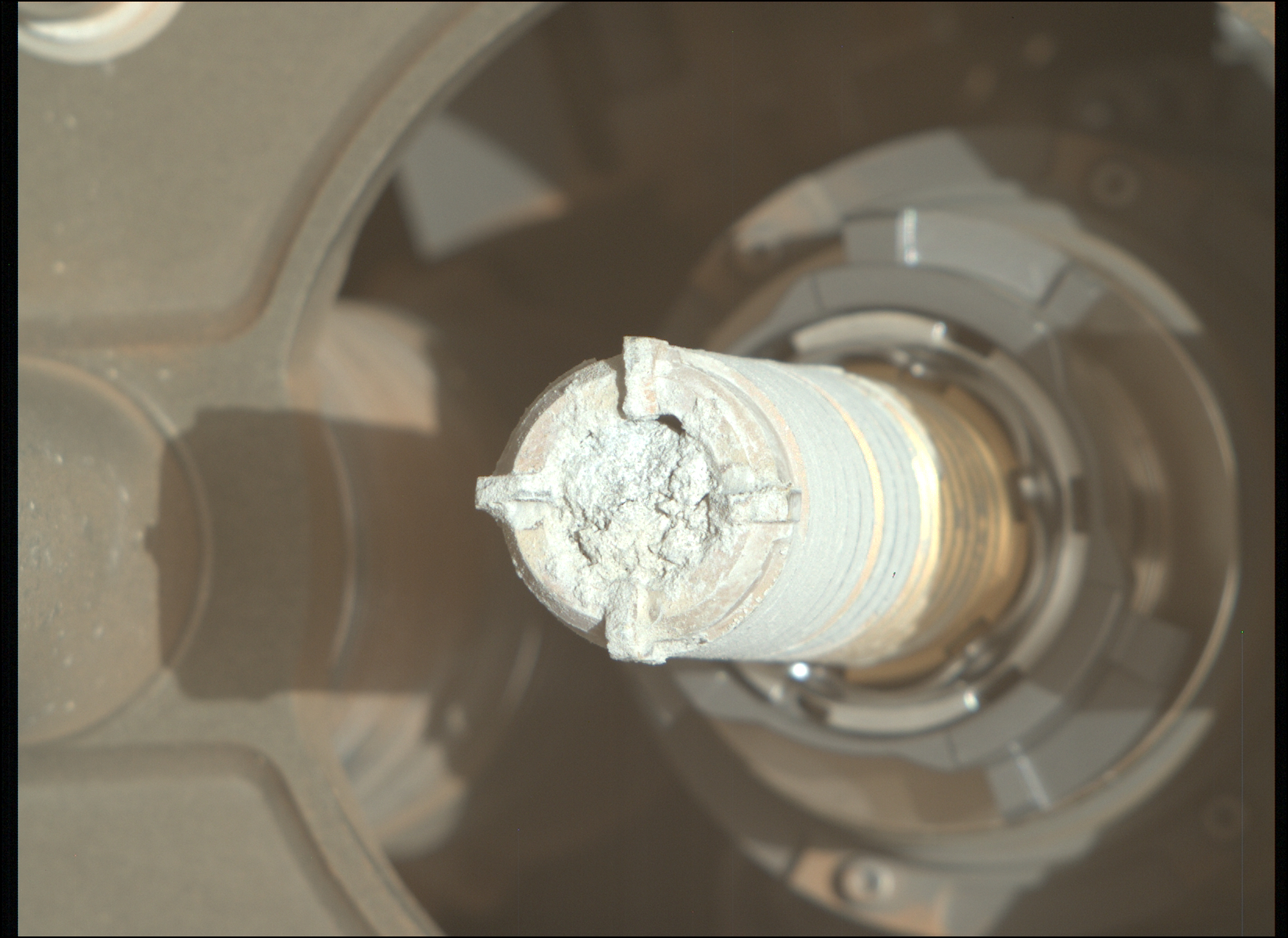Now Reading: Hubble offers a new view of Sombrero galaxy
-
01
Hubble offers a new view of Sombrero galaxy
Hubble offers a new view of Sombrero galaxy
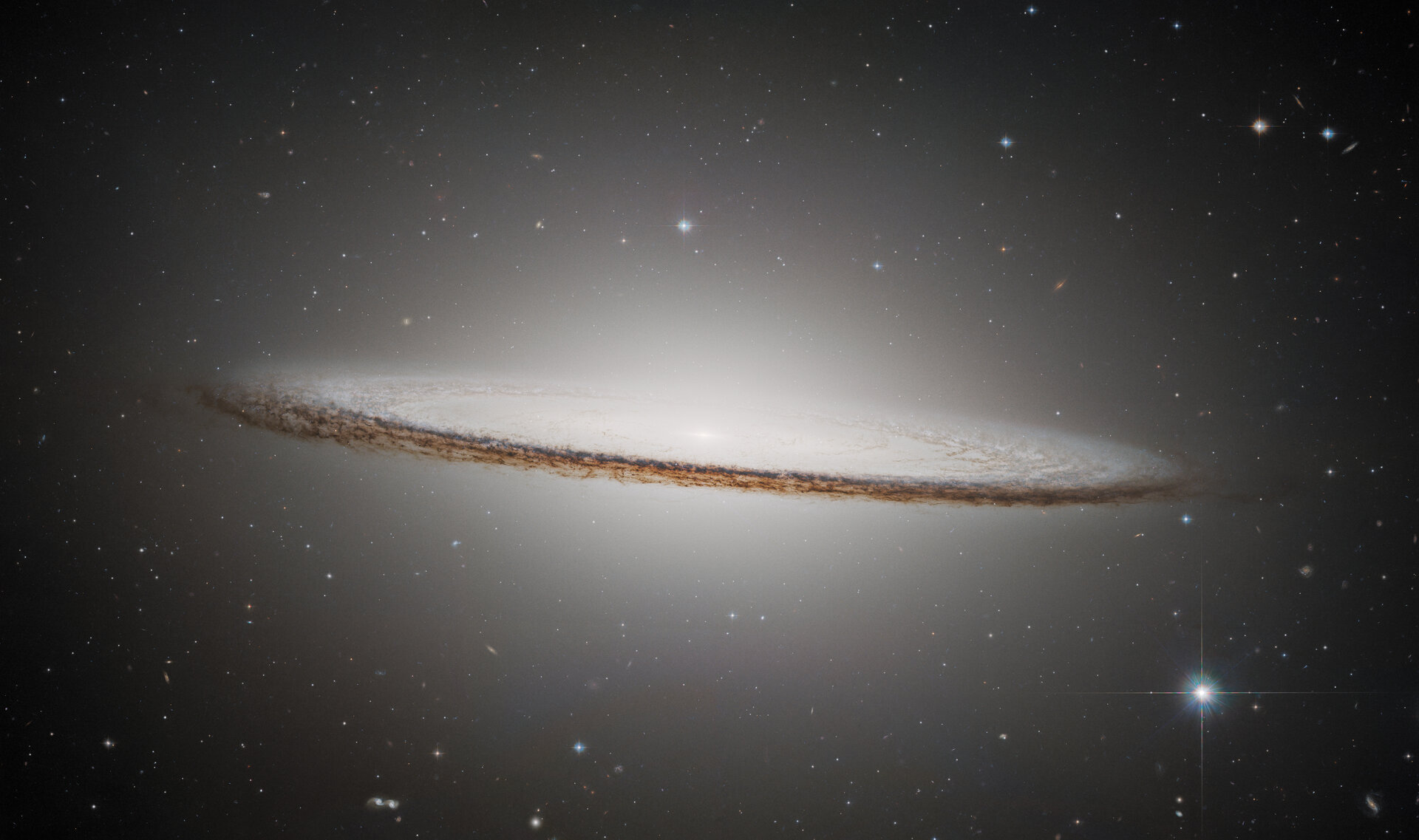
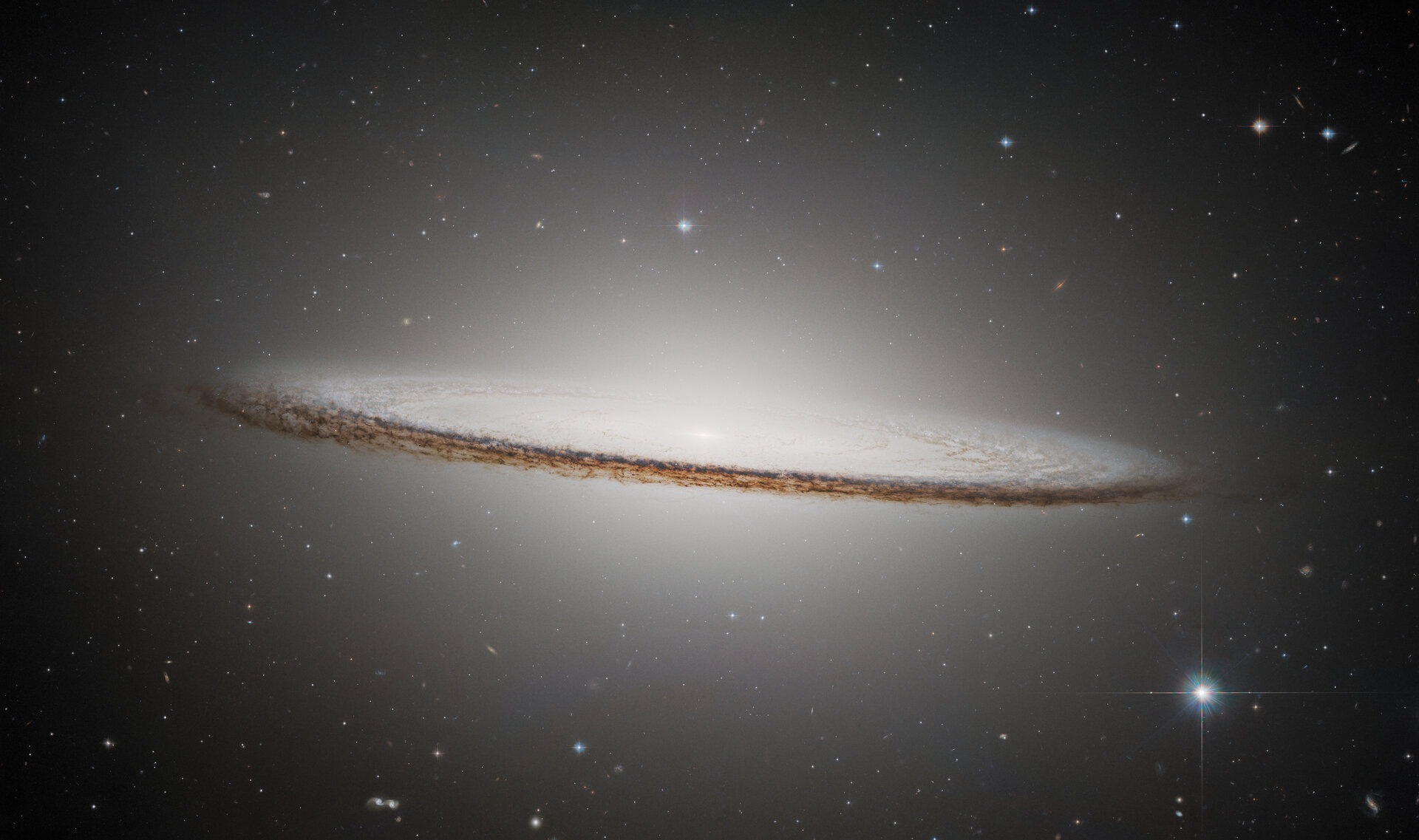
In anticipation of the upcoming 35th anniversary of the NASA/ESA Hubble Space Telescope, ESA/Hubble is continuing the celebrations with a new image of the Sombrero Galaxy, also known as Messier 104. An eye-catching target for Hubble and a favourite of amateur astronomers, the enigmatic Sombrero Galaxy has features of both spiral and elliptical galaxies. This image incorporates new processing techniques that highlight the unique structure of this galaxy.
As part of ESA/Hubble’s 35th anniversary celebrations, a new image series is being shared to revisit stunning Hubble targets that were previously released. First, a new image of NGC 346 was published. Now, ESA/Hubble is revisiting a fan-favourite galaxy with new image processing techniques. The new image reveals finer detail in the galaxy’s disc, as well as more background stars and galaxies.
Several Hubble images of the Sombrero Galaxy have been released over the past two decades, including this well-known Hubble image from October 2003. In November 2024, the NASA/ESA/CSA James Webb Space Telescope also gave an entirely new perspective on this striking galaxy.
Located around 30 million light-years away in the constellation Virgo, the Sombrero Galaxy is instantly recognisable. Viewed nearly edge on, the galaxy’s softly luminous bulge and sharply outlined disc resemble the rounded crown and broad brim of the Mexican hat from which the galaxy gets its name.
Though the Sombrero Galaxy is packed with stars, it’s surprisingly not a hotbed of star formation. Less than one solar mass of gas is converted into stars within the knotted, dusty disc of the galaxy each year. Even the galaxy’s central supermassive black hole, which at 9 billion solar masses is more than 2000 times more massive than the Milky Way’s central black hole, is fairly calm.
The galaxy is too faint to be spotted with unaided vision, but it is readily viewable with a modest amateur telescope. Seen from Earth, the galaxy spans a distance equivalent to roughly one third of the diameter of the full Moon. The galaxy’s size on the sky is too large to fit within Hubble’s narrow field of view, so this image is actually a mosaic of several images stitched together.
One of the things that makes this galaxy especially notable is its viewing angle, which is inclined just six degrees off of the galaxy’s equator. From this vantage point, intricate clumps and strands of dust stand out against the brilliant white galactic nucleus and bulge, creating an effect not unlike Saturn and its rings – but on an epic galactic scale.
[Image description: The Sombrero Galaxy is an oblong, pale white disc with a glowing core. It appears nearly edge-on but is slanted slightly in the front, presenting a slightly top-down view of the inner region of the galaxy and its bright core. The outer disc is darker with shades of brown and black. Different coloured distant galaxies and various stars are speckled among the black background of space surrounding the galaxy.]
Stay Informed With the Latest & Most Important News
-
 012024 in Review: Highlights from NASA in Silicon Valley
012024 in Review: Highlights from NASA in Silicon Valley -
 02Panasonic Leica Summilux DG 15mm f/1.7 ASPH review
02Panasonic Leica Summilux DG 15mm f/1.7 ASPH review -
 03How New NASA, India Earth Satellite NISAR Will See Earth
03How New NASA, India Earth Satellite NISAR Will See Earth -
 04And Thus Begins A New Year For Life On Earth
04And Thus Begins A New Year For Life On Earth -
 05Astronomy Activation Ambassadors: A New Era
05Astronomy Activation Ambassadors: A New Era -
06SpaceX launch surge helps set new global launch record in 2024
-
 07Space Force plans new ‘Futures Command’ amid pressure to speed up modernization
07Space Force plans new ‘Futures Command’ amid pressure to speed up modernization













